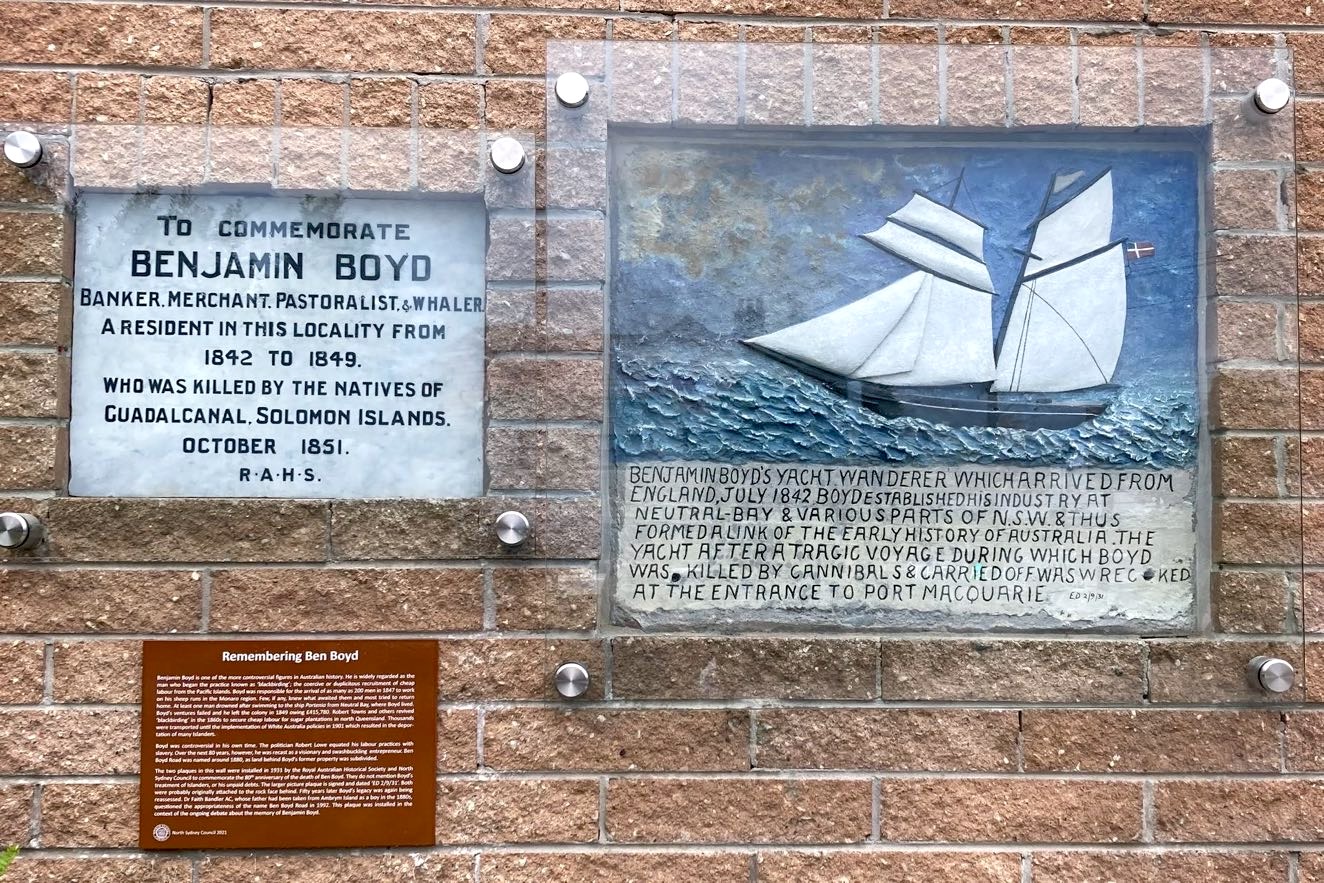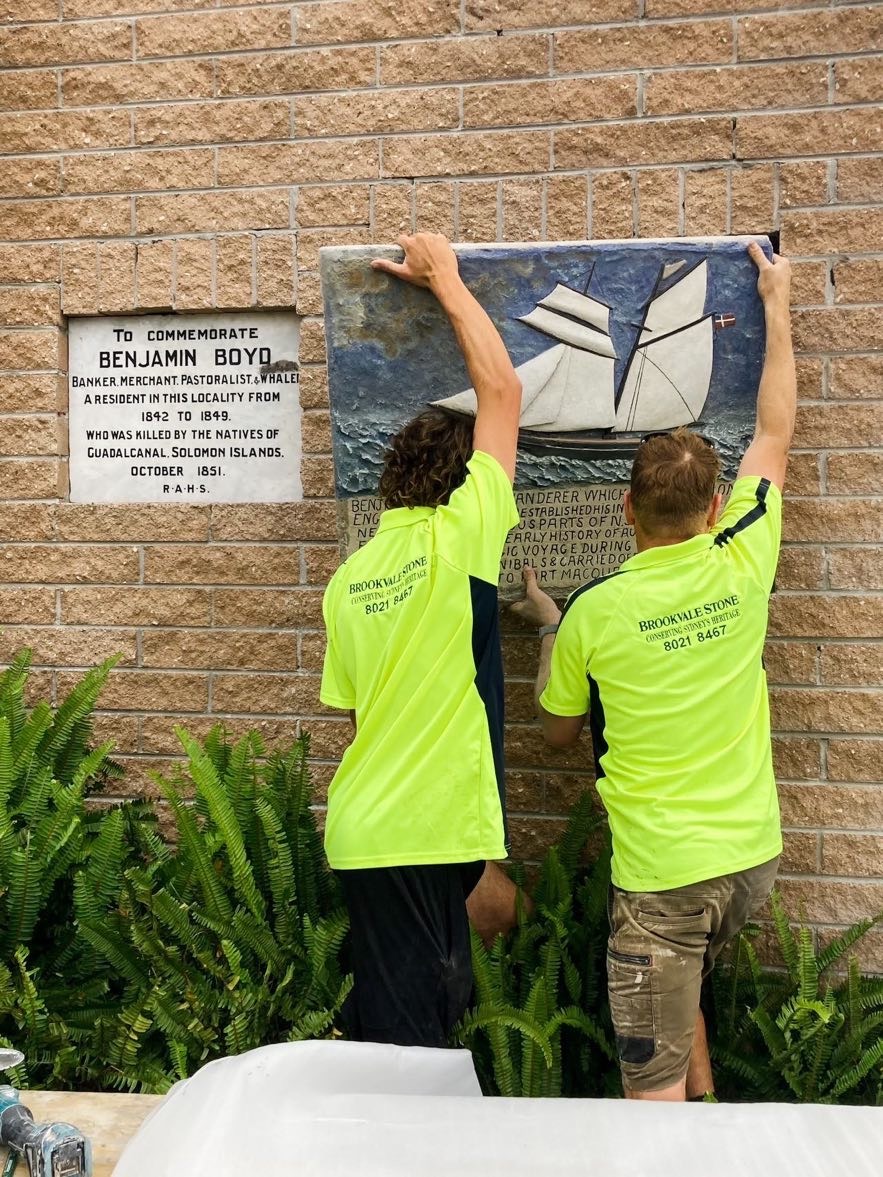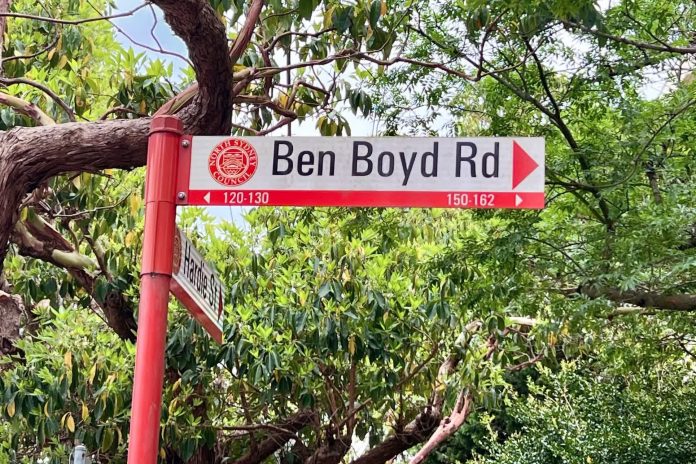North Sydney Council has retained the name Ben Boyd Road, arguing it is “less controversial” after renaming Ben Boyd National Park.
Iain Stuart, President of the Royal Australian Historical Society, said: “We’re getting more to the point of accepting dual naming.”
He explained that the National Park was originally named after Ben Boyd because it includes Boyd’s Tower, an important historical site, and the park was partly created to “protect the area”.
Benjamin Boyd was the originator of the labour recruiting practice called “blackbirding”, which involved the coercive transportation of South Sea Islanders to work in Australia as cheap labour.
Dr Stuart said Boyd was criticised for his exploitation of labourers, and his attempts to use the Masters and Servants Act to control them were “legally flawed”.
Boyd’s actions were “not quite slavery but forced labour of doubtful legality”, and the recruitment took advantage of language barriers, he said.
But while the National Park’s renaming acknowledges Aboriginal heritage, the situation with Ben Boyd Road is different. Hoskins said there is no connection to Aboriginal cultural heritage in North Sydney.
“Some feel Boyd enslaved them [South Sea Islanders]. My view is that they were ‘recruited’ by coercion and duplicity – not quite the same thing,” he said.
North Sydney Council historian Ian Hoskins said the council conducted a community survey about renaming Ben Boyd Road, in response to growing discomfort with commemorating Boyd via a street name.
Hoskins, who helped draft the survey questions, said the survey revealed “very passionate opposition,” with around 40 per cent of respondents (over 3000 responses) supporting a name change.
“Bear in mind that changing a street, suburb or town name has many more practical consequences than changing the name of a National Park,” he said.
North Sydney Mayor Zoe Baker echoed this view. She said renaming roads had financial costs in terms of both time and energy. “If people change that letterhead, they change everything.”
Mayor Baker added that Dr Faith Bandler, an activist involved in the 1967 referendum advocating for Aboriginal citizenship, was the first to raise the issue of renaming places associated with Ben Boyd
“It mattered very strongly to her that people understood that Ben Boyd wasn’t just an entrepreneur to be lured, but that his entrepreneurial ship was based on human misery.”
But local Leith Biggs argued that the renaming issue has been “too politically correct”. “I don’t think of the man when I say Ben Boyd Road. I just think of the busy street,” she said.
Not all agree.
Local James Smith said: “There is a lot of white Australian culture in this particular locale that you can probably shift some of it without harming the overall outcome. We should do what we can to try and include as many indigenous place names as possible.”
Blackbirding History
In 2021, Aboriginal communities near Ben Boyd National Park lobbied for a name change because Boyd employed Aboriginal men in his whaling business at nearby Twofold Bay. The NSW Government responded to these requests by renaming Ben Boyd National Park to Beowa National Park in early 2023.
“They don’t want that part of Yuin country associated with someone generally regarded as an exploitative colonist,” Hoskins said.
Despite this change, Ben Boyd Road in Neutral Bay remains.

Plaque Reinterpretation
The council initiated the plan to install an interpretative plaque on Ben Boyd Road in response to residents’ requests. Mayor Baker said that adding a new plaque is important to “put Ben Boyd in context” and to understand “the acts and deeds of our history.”
Three plaques on Ben Boyd Road, including the newly added-plaque
“Boyd’s history should have been known to the participants – he was a speculator whose business ventures [such as Boydtown] were really Ponzi schemes, and not only were the Islanders treated appallingly, so were many others,” Dr. Iain Stuart said.
“But this was overlooked in favor of a romantic view of the colorful nation builder cruising the oceans in his ship the Wanderer.”
Given the attacks on statues and monuments erected to the memory of “heroes” in the colonial era overseas, the North Sydney Council is taking protective actions for the plaques, Council Historian Ian Hoskins said.
He said monuments should be left in situ and reinterpreted through signage “as publicly and widely as possible”.
The North Sydney Council and the Royal Australian Historical Society (RAHS) will continue to address issues related to historical plaques, and reassess the legacy of historical figures.
Mayor Zoë Baker said the renaming issue is “unlikely to be reconsidered during the current council term”.
“I am of the opinion that clearly explaining the context of historical controversies is the best response, whether that relates to a monument or a name.
“We have to understand the context and look back at it, as being somewhere where we’ve come from.”

The Neutral Bay Public School in North Sydney has renamed one of its four houses from Boyd to Waratah. Deputy Principal Victor Tan said the school is “staying at arm’s length.”
“What I was really pleased about is that when they (the North Sydney Council) changed the name of Boyd National Park to its current Indigenous name, that actually justified the school’s position on changing the name of the house,” he said.
A similar renaming issue occurred with the Grampians National Park in Victoria, named by Major Mitchell and changed to Gariwerd in the early 1980s. Other roads with controversial names, such as Liberator General San Martin Drive, named after a South American revolutionary general, were mentioned by Stuart.
“It’s probably easy to change the name to an Aboriginal name that covers the territory that connects more with the land,” he said. “There was a lot of controversy over dual naming, but people have generally accepted that.”


